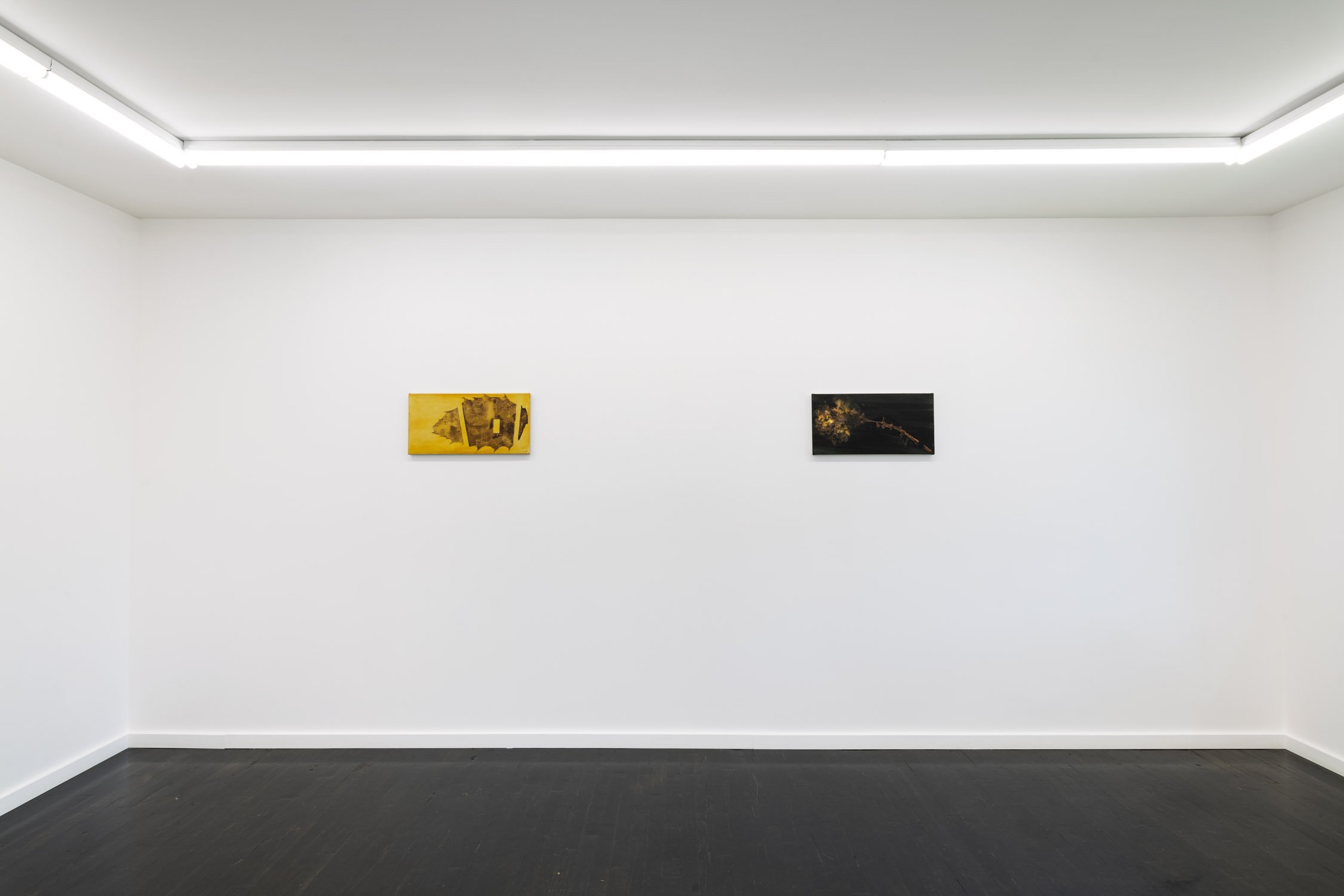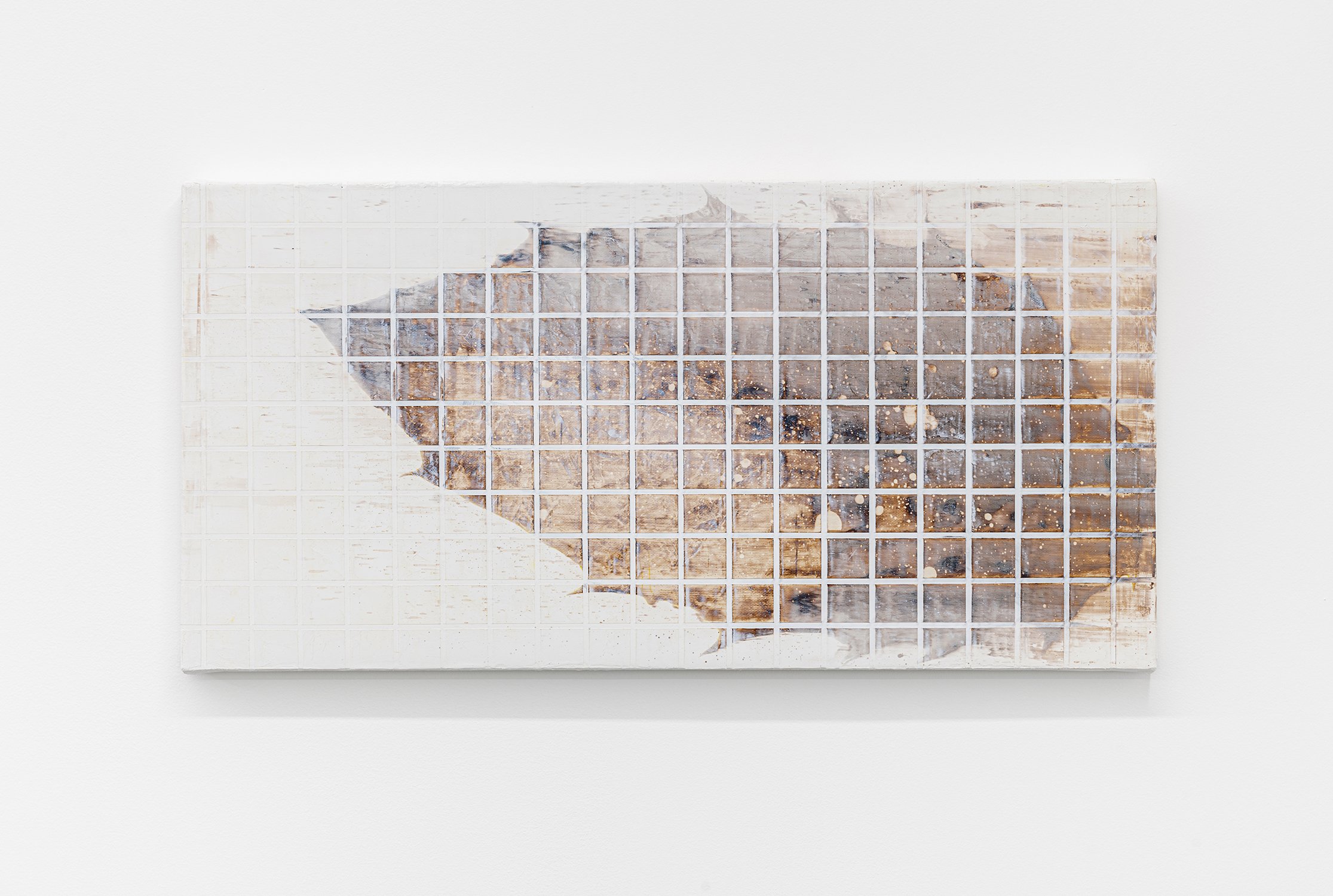Marc Handelman: Discovery of a Flower / Contours of a Pond

















Marc Handelman: Discovery of a Flower / Contours of a Pond, July 16th - August 27th, 2022
Nature has long been a political and ideological medium in the construction of identity: of who and what belongs, what is native or invasive, and who and what is deemed natural or deviant in the violent grammar and hierarchies of social and political life. Since the early 2000’s, Handelman’s practice has explored the entanglements of politics and nature in the vestiges of the dissolved genre of American Landscape. Discovery of a Flower / Contours of a Pond continues to examine these themes during a period in which language, imagery, and tropes of ecological thinking are increasingly appropriated and warped by white nationalists, alt-right ecology, and eco-fascism. Within them are proposals of ethno-states, visions of biological “stewardship” of racial purity, the naturalization of heteronormativity, and the weaponized rhetoric against immigrants, foreigners, and racial others.
In 2020, a propaganda print from a white supremacist hate group was posted in Handelman’s neighborhood of Bay Ridge, Brooklyn. This 5”X4'' print contained an appropriation of an 1855 romantic survey expedition landscape painting by John Mix Stanley captioned by the phrase from the U.S. constitution: “TO OURSELVES AND OUR POSTERITY.” These prints were part of a broader national propaganda campaign by the same organization drawing on the ideology of Manifest Destiny. They include a poster mapping the Louisiana Purchase, the re-annexation of Texas, and the Pacific Northwest among the expanded territories of the U.S., stamped with the phrase “NOT STOLEN, CONQUERED.” Handelman’s Study for a Bay Ridge Landscape 2020, (2022) re-appropriates Mix Stanely’s landscape in a small watercolor, invoking the specter within and as American Landscape painting that continues to haunt contemporary politics and image culture. The study is presented specifically as a mediated display of source material, and a footnote to the exhibition.
PH-LC 38 / Discovery of a Flower is a series of oil and walnut ink paintings that reimagines the Type Collection of the Berberis aquifolium, commonly known as the Oregon Grape, designated in 1899 as the Oregon State flower. This type collection archive holds the original type-specimen collected by Meriwether Lewis in 1806 on the Lewis & Clark expedition. Type specimens serve to centralize, codify and name a new taxon, such as a genus or species. As an empirical practice within a system of nomenclature and authorship, the type organizes visual identification, determining which organisms belong or don’t belong within that taxa. The documentation, classification, naming and archiving of plant and animal species on expeditions was instrumental in the larger project of Empire, mapping the seizure of new territory and natural resources in the acquisition of scientific knowledge. Here, the type-specimen is re-materialized as the figure of a process already framed by abstraction, objectification and idealization within a broader, often violent instrumentalization of nature. Drawing on the overlapping aesthetics of 19th century American Landscape, botanical illustration, and archival documentation, Handelman’s paintings distort and revisualize this archive as an unstable and receding form of measure, description, and identity.
In Reflection Pool, Handelman’s first video animation, images from corporate environmental reports (or sustainability reports) blur uncannily with on-line propaganda from white nationalist and eco-fascist groups who have appropriated the language and aesthetics of sustainability. These distortions of ecology, infused with white supremacy, interweave idealizations of whiteness, nature, heteronormativity, and purity that have long permeated mainstream environmental aesthetics and ideology. The video is presented on a flat-screen monitor installed face up on the gallery floor. Imagined as an hallucinatory descent into the “dreamwork of landscape,”(1) refracted images from both the center and margins of society, exist as visual typologies, sharing many of the same features, tropes, and keywords in an imagistic, iterative ecosystem that would seem to reproduce itself, as much our received ideas about nature.
***
Marc Handelman (b. 1975, Santa Clara, CA), received his BFA in Painting from RISD and an MFA from Columbia University. He has exhibited extensively throughout the United States as well as internationally in such venues as PS1 MoMA, The Studio Museum in Harlem, Artists Space, The Orlando Museum of Art, The Royal Academy of Art in London, The Royal Swedish Academy of Fine Arts in Stockholm, The Nerman Museum of Contemporary Art, The Portland Museum of Contemporary Art, The Rubin Museum, The Matsumoto City Museum of Art, and the Storefront for Art and Architecture, among others. Handelman is an Associate Professor at The Mason Gross School of the Arts, Rutgers University, where he currently serves as Chair of the Department of Art & Design. He is represented by Sikkema Jenkins & Co. in New York. Handelman lives and works in Brooklyn, New York.
(1) W.J.T. Mitchel, Imperial Landscape, Chicago Press